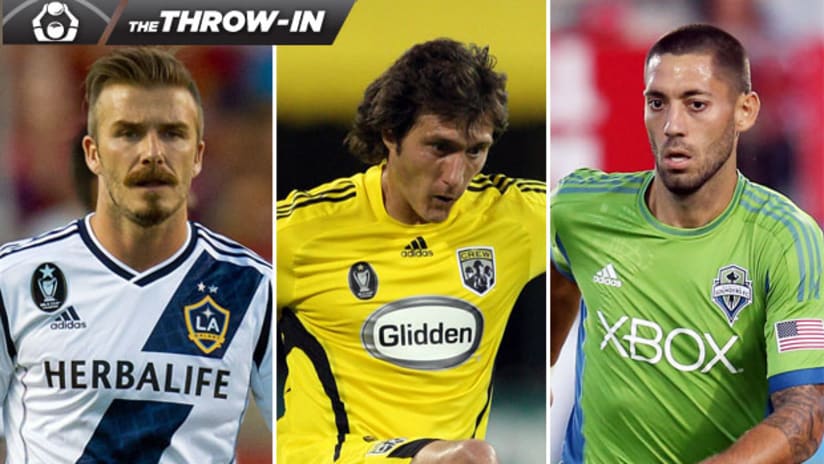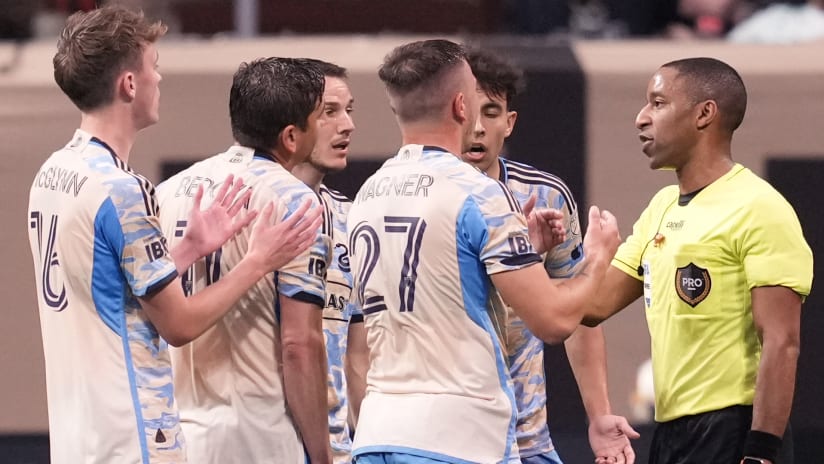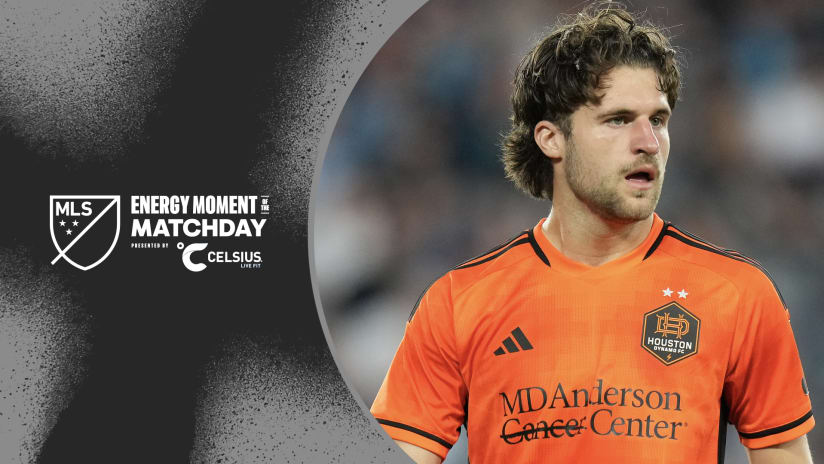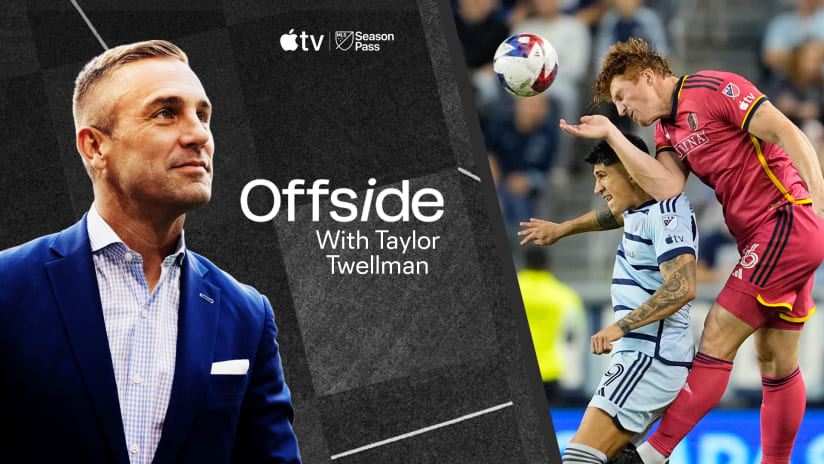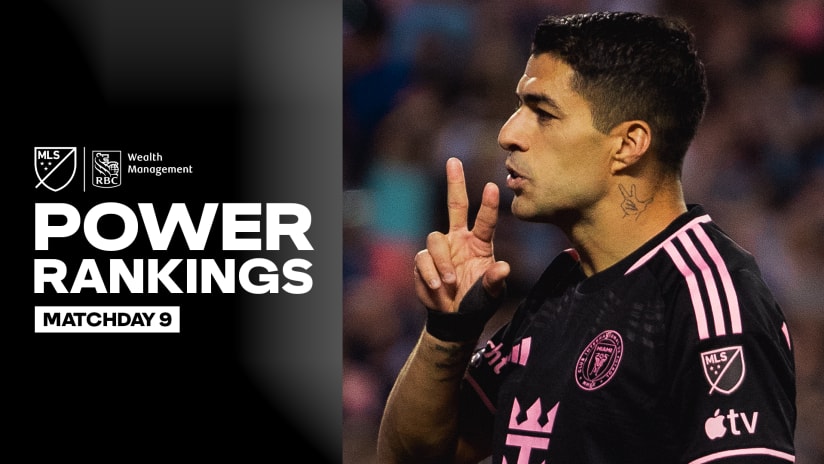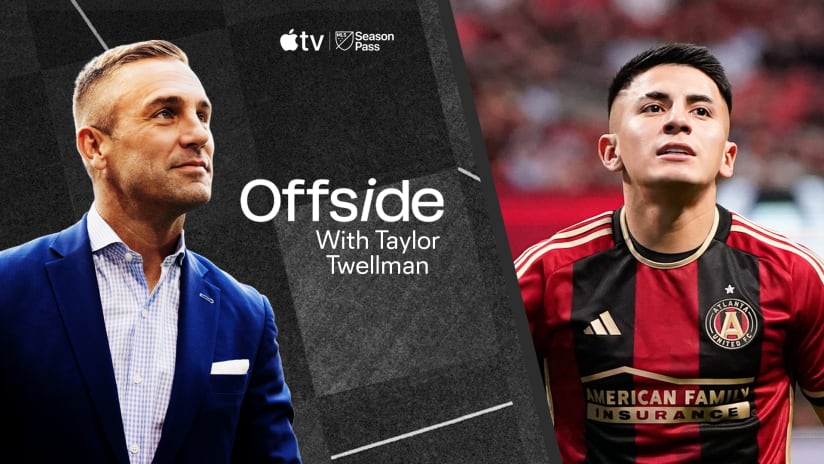“Our fans have stated they would like to see more world-class stars in MLS, and the Designated Player Rule allows us to sign more elite talent from throughout the world.”
Those were the words, via press release, of MLS Commissioner Don Garber way back in November of 2006 when the Designated Player Rule – unofficially nicknamed “The David Beckham Rule” – was officially introduced.
Two months later, the LA Galaxy delivered the man himself in a stunning coup, and it changed Major League Soccer forever.
The DP Rule faced some rocky times in the years to come – and it’s still not perfect today – but it delivered on its promise to draw big names into the league and in turn raise the global profile of MLS. Immediately, a flood of Europeans and Latin Americans joined clubs willing to take the plunge.
But it’s only been this summer, seven years into the DP Era, after a handful of tweaks to the rule itself and everything from smash hits (Juan Pablo Ángel, Guillermo Barros Schelotto, Robbie Keane) to epic disasters (Denílson, Nery Castillo, Mustapha Jarju) to everything in between that the Designated Player Rule has truly delivered in a stunning way.
Last week, Gabriel Torres’ signing made the Colorado Rapids the final team in MLS to get on board the DP train. Today, for the first time since the rule was introduced, every team in the league has at least one Designated Player on its roster. (MLSsoccer.com has learned that Dwayne De Rosario counts as a DP on D.C. United’s books this year.)
So that shows that it’s not the competitive disadvantage to small-market teams that some originally feared. Yes, a few teams are paying their DPs just over the minimum threshold, and don’t quite compare to the Galaxy, Red Bulls and Sounders of the league from a spending perspective. But the fact that they’re making use of the designation suggests they understand the need. (More on this in a bit.)
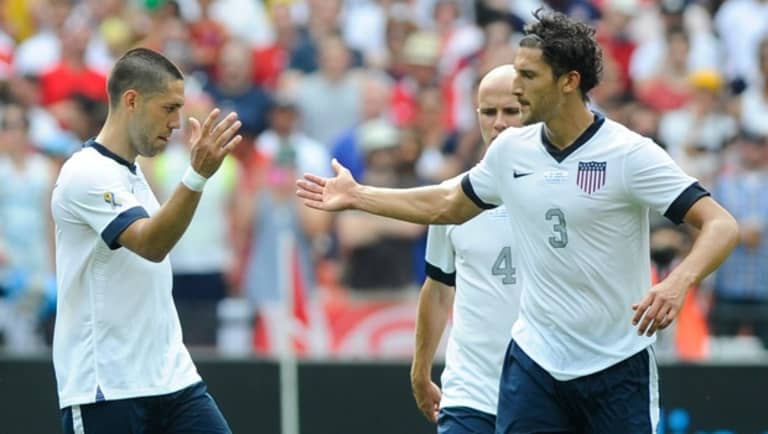
More importantly, the biggest criticism of the DP rule – that it prioritized capturing foreign talent over retaining or bringing home domestic players, and thus minimized development within these borders – is now a thing of the past.
Over the past 12 days, one team used a DP slot to bring home the best American player not playing in MLS (some would argue the best American player, period) and another used a DP slot to retain a starter on the US national team and arguably the best domestically grown center back in MLS history.
And as of today, five of the total 32 DPs in the league are either American or Canadian. That has never happened before, either.
But it’s not just the feel-good development of using the DP rule on domestic talent. It’s that MLS teams have figured out a way to compete on the global market. The Seattle Sounders beat out a handful of European offers to lure Clint Dempsey back to MLS, while the Galaxy secured Omar Gonzalez – who was rumored to be a target of Mexican giants Club América – by tabling the 2011 MLS Defender of the Year a competitive offer.
That sends perhaps a louder statement than anything else.
“The market is now intervening,” Real Salt Lake GM Garth Lagerwey told me by phone on Wednesday. “It’s not necessarily the Galaxy saying, ‘We want to make Omar Gonzalez a DP,’ although I’m sure that’s true on their end. It’s more a realization that, if you want Omar Gonzalez, you’ve got to pay what he’s worth in Mexico. We’re becoming a part of the world game.”
That won’t stop clubs from trying to lure big-name stars into the league, but it sets a precedent that the best we grow here have a place here and clubs can and will pony up. The DP Rule has also evolved on a macro level, too. Clubs know they don’t have to chase a big name to make their slots count.

They can bring in a player whose name isn’t immediately recognizable as far as star potential, but one who they believe will be a difference-maker on the field: guys like Portland’s
Diego Valeri
, Sporting KC’s
Claudio Bieler
or Montreal’s
Hernán Bernardello
.
They can choose to re-sign their own players and reward them with a DP-level contract. That’s true for guys like RSL’s Javier Morales, FC Dallas’ David Ferreira or, especially, San Jose’s Chris Wondolowski.
There’s a lot of cap math available to GMs nowadays, and the fact of the matter is that there’s no one single solution for how to make the DP Rule work – there are several options. Well, except for one rule, according to Lagerwey.
“You have to have an attacking player as a Designated Player to compete,” he said. “Forwards are the most expensive position in the game. That’s true worldwide. It’s just my opinion, but if you don’t have a DP goalscorer, it becomes harder to succeed.”
Ironically, Lagerwey’s RSL won MLS Cup in 2009 without a single DP on the roster, and Colorado repeated the feat a year later. Back then, you didn't have to sign a DP to win. That's no longer the case. Every team has realized that if you want to compete in this league, you need to hit a home run with your DPs.
The rules have changed again.
Jonah Freedman is the managing editor of MLSsoccer.com.

